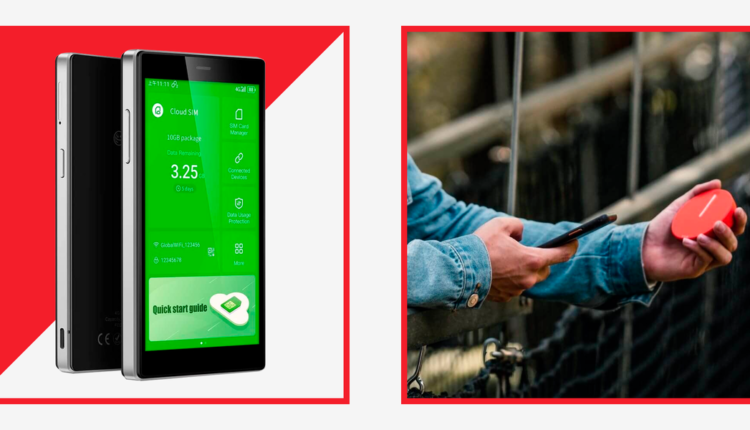Shopping for a portable Wi-Fi hotspot can be as challenging as shopping for a new smartphone. There’s a lot of technology under the hood. To find the right one for you, you’ll want to consider what you’re using it for and, just as importantly, where you’ll be using it (in the United States, abroad, or both). Here’s what to look for:
Network Compatibility
Some mobile hotspots are only compatible with certain carriers (e.g., Verizon, AT&T, etc.). If you’re planning to add a new hotspot to your existing smartphone plan, be sure that it’ll play nice with your current carrier. If you’re not married to one carrier and are looking for the most flexibility, we recommend going with an unlocked hotspot, as these typically work with AT&T, T-Mobile, Sprint, and many popular international carriers.
Get the Right Plan
Mobile data plans can be confusing, but it’s important to understand what you’re getting and where your data is available to use. It might not be obvious without combing through your contract, but many domestic carriers offer U.S.-only data as part of their standard data plans. International data (even in Canada and Mexico) often costs significantly more. So, if you’re planning to add a hotspot to your existing plan, make sure you understand what your new data plan includes.
Adding data to your existing mobile plan is often fine for shorter trips or if you don’t travel that often. But, if you are a frequent traveler or will be outside of the country for weeks or months at a time, buying an unlocked hotspot (outside of your carrier’s plans) with an unlimited or high data cap is almost always your best bet
Price
Like many high-tech products, portable hotspots can be expensive. But they don’t have to be. You can find decent budget models with last-generation technology for under $100. Midrange options typically run between $200-300, and the best, most premium options cost north of $500. These are often the latest 5G-compatible models with Wi-Fi 6 and built-in VPNs.
For frequent overseas travelers, it’s sometimes more affordable to buy a cheap Android phone with built-in tethering (meaning the phone can act as its own hotspot). Then buy an inexpensive data-only SIM card on your next trip. You can buy them at most international airports as soon as you land. Sometimes, this can save you hundreds, even thousands, in data overage costs per trip.


Comments are closed.